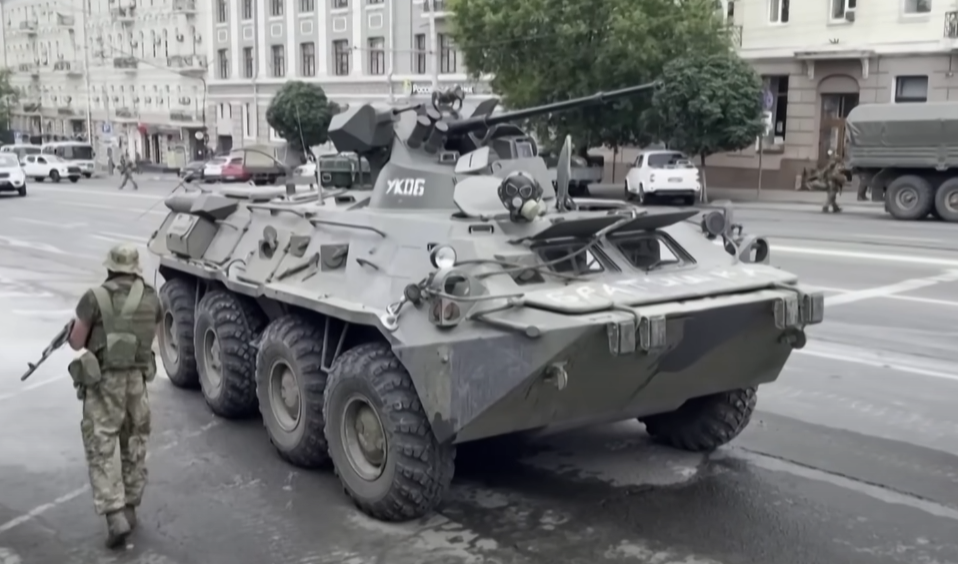The recent revelation of a calendar, depicting provocative scenes, has stirred outrage and concern across social media platforms, encapsulating the essence of the ongoing conflict.
The geopolitical tension between Russia and the West has escalated dramatically, and the battleground has expanded beyond physical conflict to a realm of symbolism and imagery.
This calendar, curated to support veterans of Russia’s Federal Security Service (FSB), notably showcases startling visuals that resonate deeply with the ongoing hostilities.
Images include a Russian soldier, armed and positioned ominously outside the US Capitol, amidst billowing smoke and circling aircraft an unsettling vision that coincides with November, coinciding with the upcoming US presidential election.
These visuals, shared by Anton Gerashchenko, adviser to Ukraine’s minister of internal affairs, on a platform formerly known as Twitter, have triggered widespread condemnation.
The portrayal of Putin, embellished with exaggerated muscles and donning a shirt adorned with the pro-war Z symbol, further fuels the narrative. Yet, it’s the underlying messages within these images that resonate profoundly.
Intentions Behind the Calendar

The calendar’s intent, as cited by Nikolai Guryev, chairman of the veterans support fund, is to project strength and solidarity within Russia.
However, the interpretation outside Russia’s borders is vastly different a perceived threat to the United States and its leadership, and a grim portrayal of what could unfold due to alleged incompetence.
One striking image for December captures a Russian bear standing resolutely before a tornado, accompanied by a banner declaring, “It’s not important who is against you, it’s important who is with you!” a poignant depiction reflective of the current polarized global scenario.
The sale of this calendar for 5,228 rubles ($57.80) on the online marketplace Ozon underscores the propagation of hyper-militarized, pro-war narratives that have deeply influenced the outlook of many Russians amid historic lows in relations with the West due to the conflict in Ukraine.
The calendar transcends mere artwork; it embodies a potent message, sparking debates about propaganda, perceptions, and the narrative of strength versus aggression in the context of international relations.
As tensions persist and rhetoric intensifies, these symbolic representations serve as unsettling reminders of the underlying strife and the divergent perspectives that define this complex geopolitical landscape.


Comments are closed.